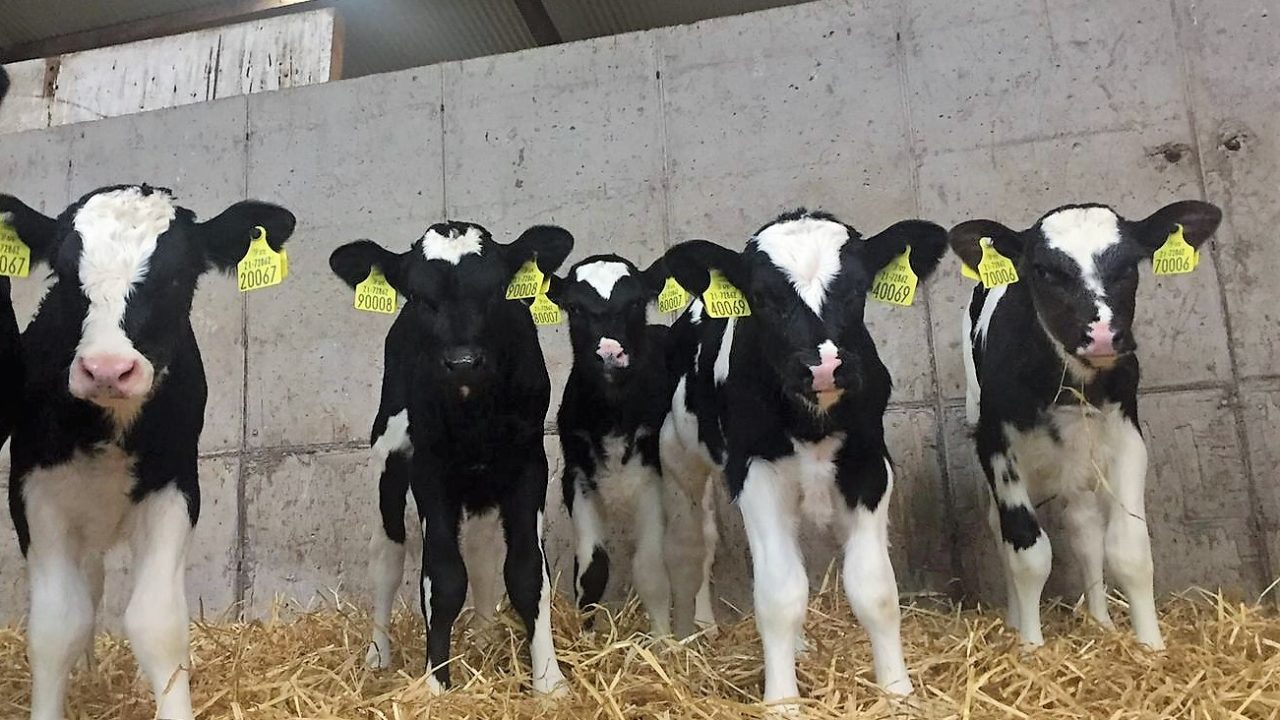Spring is just around the corner and now is a good time to begin the weaning of autumn-born calves, to reduce some of the workload on farms.
It is important that weaning takes place at the correct time, when adequate rumen development has occurred.
Correct nutritional management of the calf helps improve rumen development in the early days of life and can mean that calves can be weaned at a younger age.
Not only will this reduce the rearing cost of calves, but it will also reduce the amount of time spent for the rearing of calves.
Weaning
To begin with, it is important that a calf receives adequate colostrum, ideally 10% of birth weight. This means that a 40kg calf at birth requires 4L of colostrum.
During the first month of life, calves eat small quantities of starter. The aim is to offer small amounts (50-100g) from two-days of age on a daily basis.
In most cases, calves can be weaned at eight weeks if starter intake is adequate; that is, they are consuming more than 1kg of starter/day for three or more days.
Gradually reduce milk levels, ideally in the last week before weaning. Calves that had scours and were off feed or did not have water available may require longer.
Some other factors that should be considered before weaning calves in their health. They should be healthy, any sick calves shouldn't be weaned until they are fully recovered.
Ensure that calves are not stressed, disbudding should not be completed the same time as weaning.
Once a calf is eating 1kg of concentrates/day, is healthy and is not stressed, there should be no stunt in growth after weaning.
Growth check
A calf that is not eating 1kg of concentrates, is unhealthy and under stress at weaning may have a stunt in their development.
This may cause the calf to fall behind the others and mean extra feeding will be required at a later stage.
It will most likely be more expensive, as more concentrates will be required to obtain the same amount of growth.

